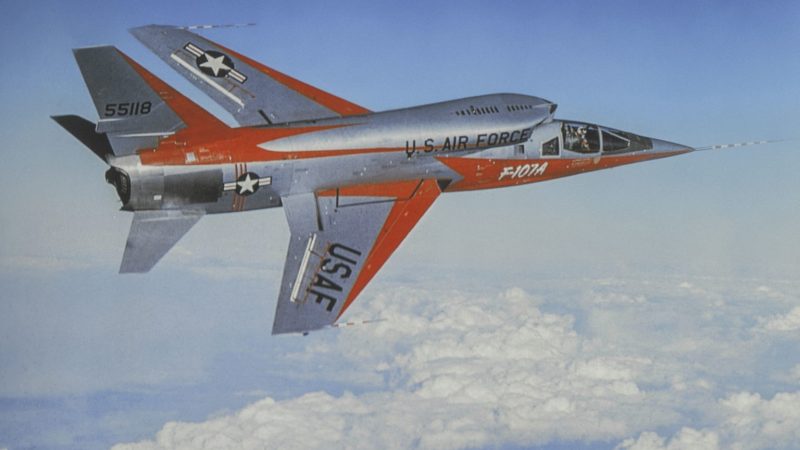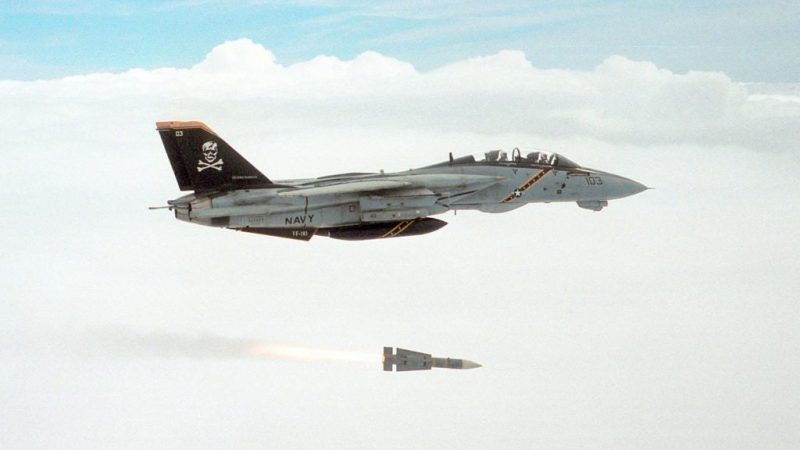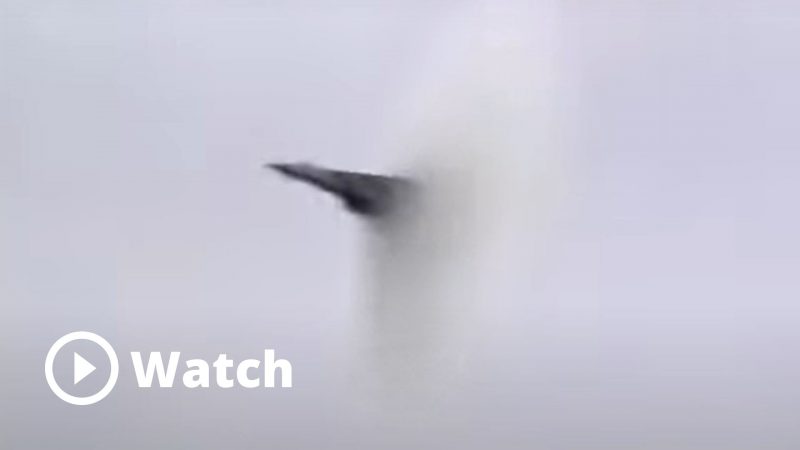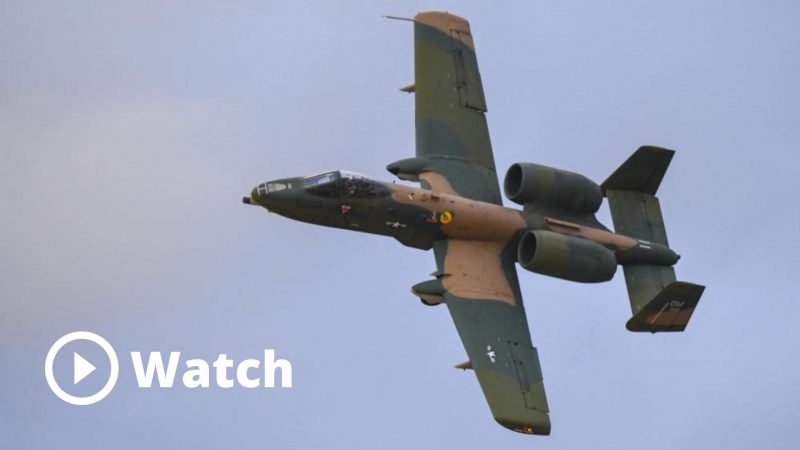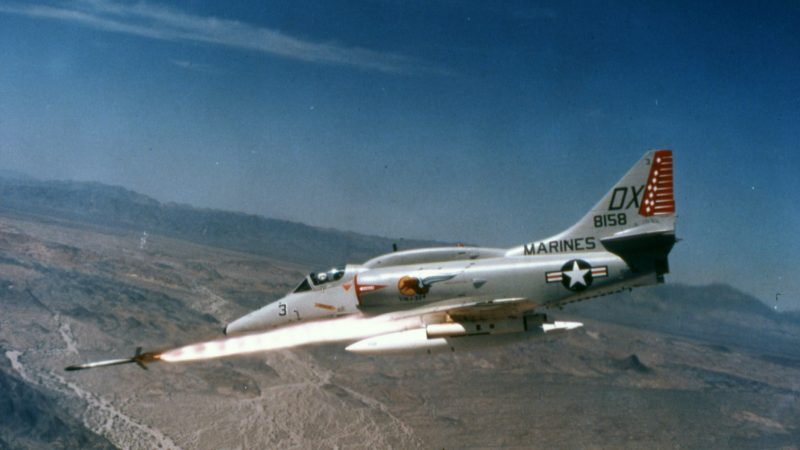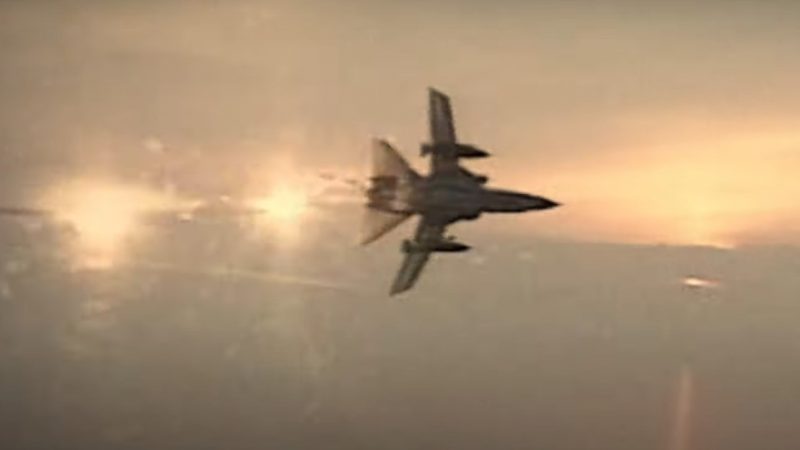The F-15E Strike Eagle That Shot Down A Iraqi Mi-24 Helicopter With A 2000lb Laser Guided Bomb
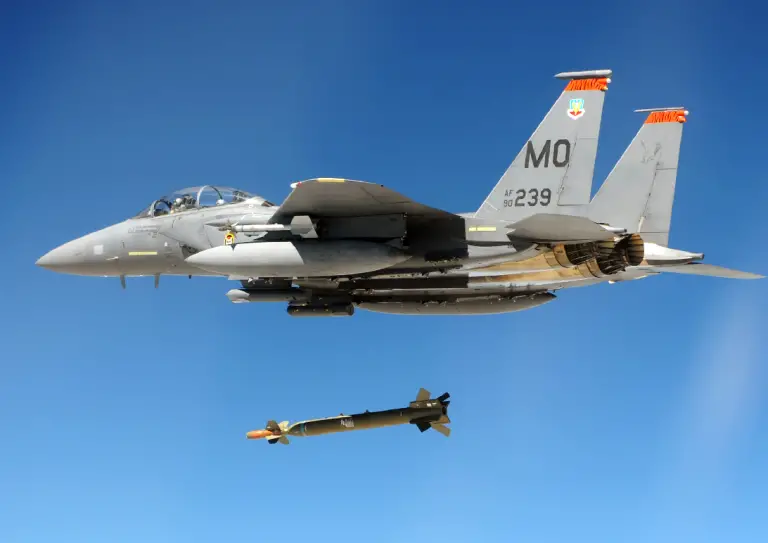
The McDonnell Douglas (now Boeing) F-15E Strike Eagle is derived from the McDonnell Douglas F-15 Eagle. This all-weather multirole strike fighter was developed to replace the General Dynamics F-111 Aardvark. This fighter aircraft is named “Strike Fighter” to highlight its attack capabilities and it is one of the best fighter bomber aircraft ever built.
The F-15E saw action for the first time during Operation Desert Storm. Operation Desert Storm was the fight to liberate Kuwait from the Iraqi invasion. During this war, the Strike Eagle was mainly used to attack fixed and mobile Scud missile sites and Surface-to-Air (SAM) sites. An F-15E scored its only air-to-air victory against an Iraqi helicopter during Operation Desert Storm.
An F-15E belonging to the 335th Fighter Squadron of the 4th Fighter Wing with the call-sign “Packard 41” was performaing a Scud patrol mission with another F-15E. Capt. Richard “TB” Bennett was the pilot and Capt. Dan “Chewie” Bakke was the weapons system officer of the Strike Eagle.
During the patrol “Packard 41” was ordered by the AWACS to destroy three Iraqi helicopters dismounting troops in the same area where several US Special Force members were also operating.
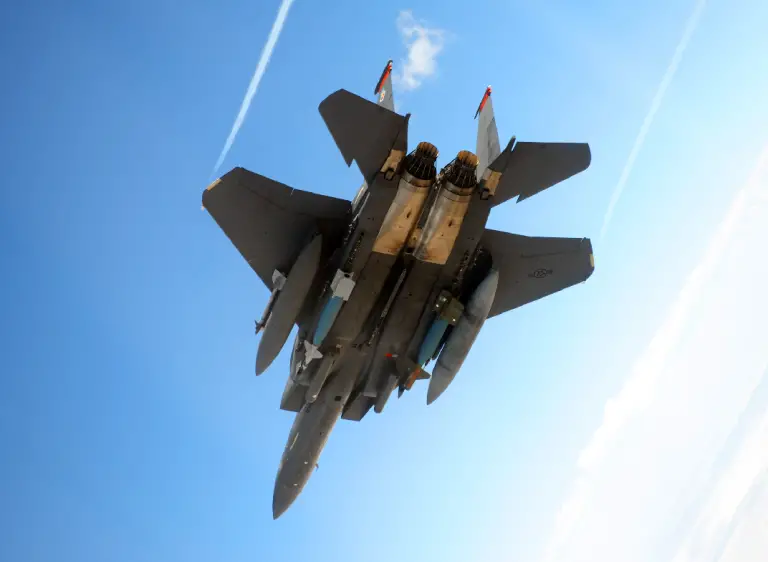
When the two Strike Eagle fighters entered the area, the pilot of the Packard 41 realized there is an issue with the radar of the aircraft. As the weapons system officer explained in Craig Brown’s book Debrief: A Complete History of U.S. Aerial Engagements – 1981 to the Present “, what the radar was seeing was the rotation of the rotor blades. Radar couldn’t hold a lock into the enemy aircraft. Capt. Dan “Chewie” Bakke decided to use the targeting pod in the aircraft to see the enemy helicopters. Bakke saw rotors of the helicopters spinning in the LANTIRN pod. He said,
‘The radar wasn’t much help at that point. Our mindset was turning to a ground attack…”
TB and Chewie told the other Strike Eagle to stay up in a high cover. After receiving the AWACS confirmation to engage in enemy helicopters, they armed and selected one of their four GBU-10 Paveway II 2000-lb LGBs (laser-guided bombs).
Bakke said,
“TB queries me as to whether I’m good for a release. I’ve got good laser ranging to the target, but I hold off for just a little bit-no technical reason, just a gut feeling. Finally, I call ‘Cleared to Pickle’ and when TB pickles-off 2,000 pounds the aircraft immediately responded by shuttering and lurching upward.”
After releasing the bomb, TB performed a left designator turn, but the time to impact the GBU-10 quickly arrived at zero and he believed the bomb had failed to impact. At some point the bomb appeared on Chewie’s display, it was angled nose high and penetrated through the rotors of the enemy helicopter. The GBU-10 then entered the cockpit of the helicopter and the fuse delay functioned. Then the enemy helicopter exploded creating a huge fireball.
After destroying the first helicopter, Bennett and Bakke wanted to attack the other 2 helicopters using their AIM-9 missiles. Since the other Strike Eagle deployed bombs on enemy helicopters that could have hit the Packard 41, TB and Chewie were forced to leave the area.

